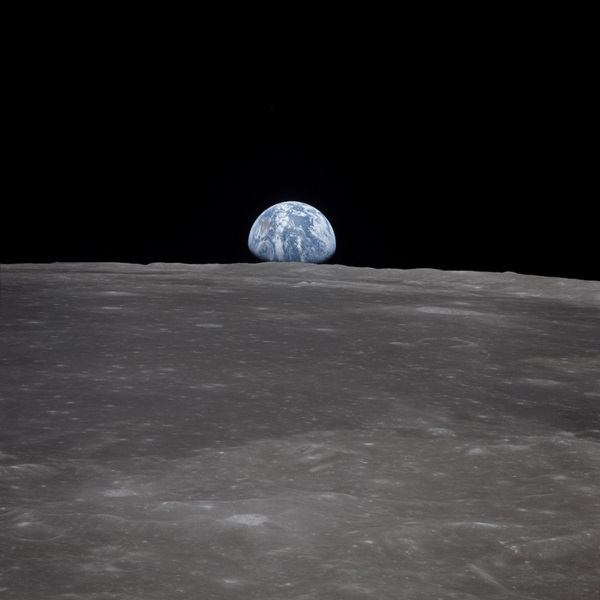Key Takeaways:
- The Moon is drifting away from Earth at about 1.5 inches yearly.
- This movement is due to the Moon's gravitational pull on Earth's oceans.
- Eventually, Earth will always show the Moon the same side.
- The Sun's gravity will eventually influence the Moon's orbit.
At what rate is the Moon moving away from Earth? What kinds of consequences will our planet see as our satellite moves farther away?
Let’s first look at why the Moon is moving away from us. It boils down to one of Newton’s laws: conservation of angular momentum. As the Moon’s gravity pulls on Earth, it produces tidal forces that make the oceans bulge and cause Earth’s rotation to lose momentum. Slowing Earth’s rotation in turn speeds up the Moon’s orbit, which must expand to conserve the total momentum of the Earth-Moon system.
The Moon is moving away from Earth at about 1.49 inches (3.78 centimeters) per year. And as it moves away, its orbital period increases and Earth’s rotation slows down. Looking at the average rate of retreat over the last 4 billion years, it should take about 50 billion years before the Moon takes as long to complete one orbit as Earth takes to complete one rotation.
At this point, Earth will be tidally locked to the Moon, which will always sit above the same point on the planet. Only half of the planet will ever see the Moon. The Moon’s changing impact on our tides would also cease, though there would still be some time-dependent tides, thanks to the Sun. The Sun-Earth tidal tug-of-war would eventually reverse the Earth-Moon process, bringing the Moon steadily closer to Earth until our planet’s gravity tore it apart.
Of course, in 50 billion years, the Sun will have long since become a white dwarf. (This will happen in 10 billion years.) And, in all likelihood, Earth and the Moon will not survive the Sun settling into its twilight years.










